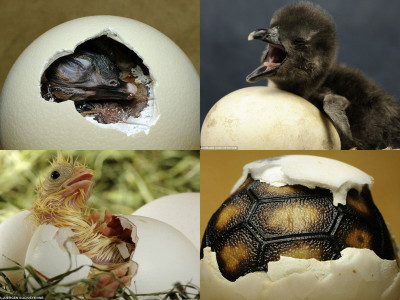What is the unique mechanism of 'a gecko that glows neon green when irradiated with UV light'?

by David Prötzel
Fireflies are famous as animals that glow in the dark, but in recent years it has been confirmed that
Neon-green fluorescence in the desert gecko Pachydactylus rangei caused by iridophores | Scientific Reports
https://www.nature.com/articles/s41598-020-79706-z
Moonlight makes desert geckos glow neon green | Live Science
https://www.livescience.com/gecko-fluorescent-green-glow.html
This paper features a gecko called Pachydactylus rangei (Namib web-footed gecko), which lives in the Namib Desert in the southwestern part of the African continent and is about 10 to 15 cm in length. The epidermis on the upper surface of the Mizukaki gecko is studded with light brown spots, and as the name implies, it has a web on its feet. It is said that the Mizukaki gecko that lives in the desert scoops out not water but sand, and it lurks deep in the burrow during the day and preys on insects that walk on the surface at night.
This is a picture of Mizukaki gecko taken under normal lighting. You can see that there are different colored patterns on the lower half of the side and around the big eyes.

by David Prötzel
David Prötzel, the lead author of the paper and a member of the
When the Mizukaki gecko is actually irradiated with UV light, the abdomen and the area around the eyes glow neon green in this way.

by David Prötzel
When you put Mizukaki gecko on a transparent board and see it from below, it looks like this. The light of Mizukakiyamori absorbs light bathed the body, then emit at longer wavelengths of the type called 'bioluminescence.' It is different from '

by David Prötzel
Research on animals with 'bioluminescence' that glows when illuminated by UV light has been progressing rapidly in recent years. For example, in amphibians such as
However, when the research team investigated the mechanism of fluorescence of the Mizukaki gecko, it was found that the Mizukaki gecko produces fluorescence not by the chemical substances and bones it secretes, but by a type of pigment cell called iridophore (iridophore) . Mizukaki gecko has two types of iridophores, one of which is said to fluoresce.
Crystals of guanine , one of the bases that make up nucleic acids , are lined up in the iris chromatophore, which produces the luster and bright blue color of fish, and is also known to be involved in the body color change of chameleons . .. It has been confirmed that some fish use iridophores to fluoresce, but terrestrial vertebrates such as geckos are the first to fluoresce using iridophores. is.
The fluorescence of Mizukaki gecko is stronger than that of chameleon, and the research team points out that it is one of the brightest fluorescence in terrestrial animals. The fluorescence that Mizukaki gecko actually emits in the natural world uses the slight light of the moon instead of UV light, but in the Namib Desert with a good view, there is a possibility that the fluorescence of Mizukaki gecko can actually be seen. On the other hand, the fluorescent part of the Mizukaki gecko is on the side of the abdomen and around the eyes, which makes it difficult for predators such as owls and jackals with high viewpoints to see, so the research team has biological significance in the fluorescence of the Mizukaki gecko. I think.
According to the research team, Mizukaki geckos, which live in low-density environments, may be using prominent fluorescence even in the dark to communicate with each other. 'We observed the Mizukaki geckos rushing to each other and greet each other after a short separation period in captivity,' said Mark Scherz, co-author of the paper. 'They also lick condensation from each other's bodies. Therefore, there are many reasons why it is useful for Mizukaki geckos to be able to find each other over long distances. '

by David Prötzel
Related Posts:







